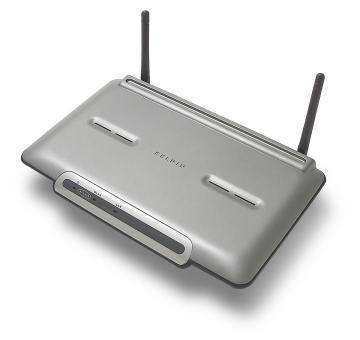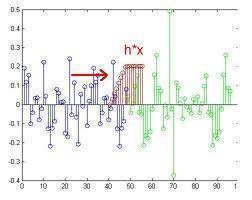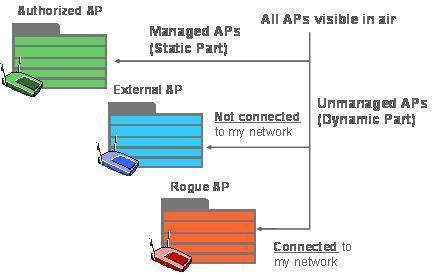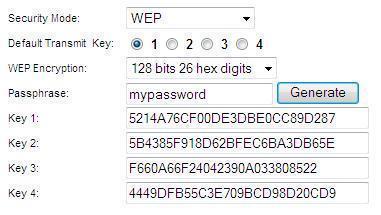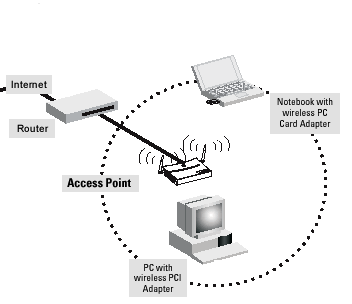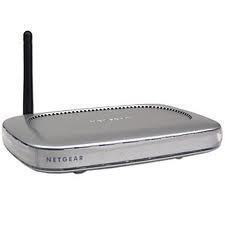802.11g
802.11g is one of the standards used for high speed wireless networks, commonly known as Wifi. This standard was created by the IEEE (Institute of Electrical and Electronics Engineers) in June of 2003 and uses a 2.4 to 2.5 gigahertz radio frequency to send and receive data from one device to another. There are several …

